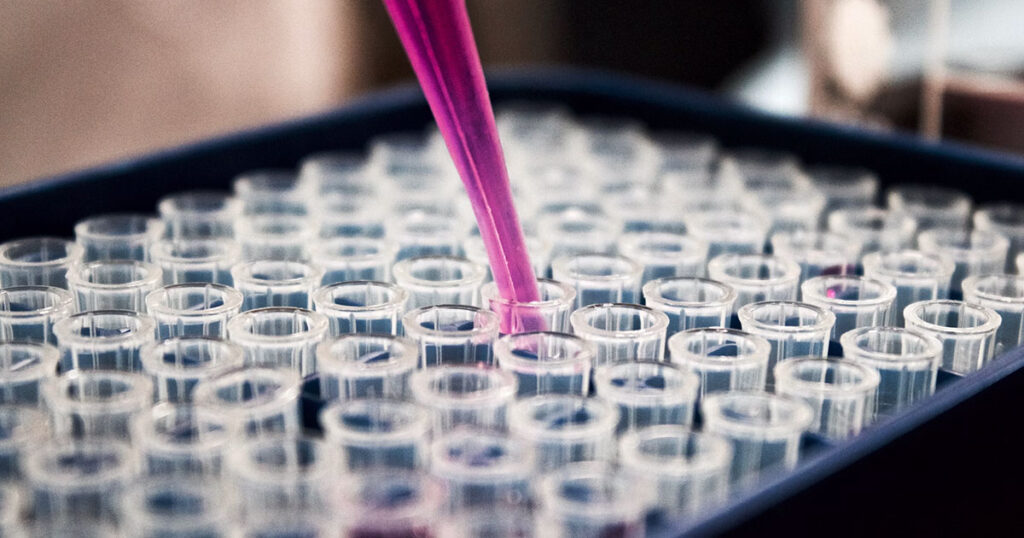Kisspeptin-10, a potent peptide derived from the Kisspeptin family, plays a pivotal role in regulating the reproductive system. Its primary function is to stimulate the release of gonadotropin-releasing hormone (GnRH), which in turn triggers the secretion of luteinizing hormone (LH) and follicle-stimulating hormone (FSH). These hormones are crucial for reproductive health, making Kisspeptin-10 an essential peptide for those studying reproductive biology and related fields.
Mechanism of Action
Kisspeptin-10 binds to the G-protein coupled receptor GPR54, also known as Kiss1R. This binding initiates a cascade of hormonal releases that culminate in the production of sex steroids. The peptide’s influence on the hypothalamic-pituitary-gonadal (HPG) axis makes it a critical component in reproductive research, particularly in understanding fertility and sexual maturation.
Benefits of Kisspeptin-10
- Fertility Enhancement: Kisspeptin-10 is known to enhance fertility by stimulating the production of key reproductive hormones.
- Puberty Regulation: It plays a significant role in the onset and progression of puberty.
- Reproductive Health: The peptide contributes to overall reproductive health by maintaining the balance of reproductive hormones.
Dosage Guidelines for Kisspeptin-10
The dosage of Kisspeptin-10 can vary based on the concentration of the vial. Here’s a detailed guide for both 5 mg and 10 mg vials:
For a 5 mg Vial
- Reconstitution: Add 2.5 mL of bacteriostatic water to the vial.
- Concentration: This yields a concentration of 2 mg/mL.
- Typical Dose: A common research dosage ranges from 100 to 300 micrograms (mcg) per injection.
- For 100 mcg: Draw 0.05 mL (or 5 units on an insulin syringe).
- For 200 mcg: Draw 0.1 mL (or 10 units on an insulin syringe).
- For 300 mcg: Draw 0.15 mL (or 15 units on an insulin syringe).
For a 10 mg Vial
- Reconstitution: Add 5 mL of bacteriostatic water to the vial.
- Concentration: This yields a concentration of 2 mg/mL.
- Typical Dose: Similar to the 5 mg vial, the research dosage ranges from 100 to 300 mcg per injection.
- For 100 mcg: Draw 0.05 mL (or 5 units on an insulin syringe).
- For 200 mcg: Draw 0.1 mL (or 10 units on an insulin syringe).
- For 300 mcg: Draw 0.15 mL (or 15 units on an insulin syringe).
Safety and Storage
- Storage: Store reconstituted Kisspeptin-10 in the refrigerator and use it within a specific time frame, usually 2-4 weeks.
- Handling: Always handle peptides with care and maintain a sterile environment to avoid contamination.
- Consultation: For research purposes, consult relevant guidelines and protocols. For any off-label use, always consult with a healthcare professional.
Conclusion
Kisspeptin-10 is a powerful peptide with significant implications for reproductive research. Proper preparation, dosing, and administration are crucial for achieving accurate and reliable results. Always follow best practices for peptide handling and consult with experts in the field to ensure safe and effective use.
Disclaimer: This blog is for informational purposes only and should not be considered medical advice. Always consult with a healthcare professional before starting any new treatment or supplement.




